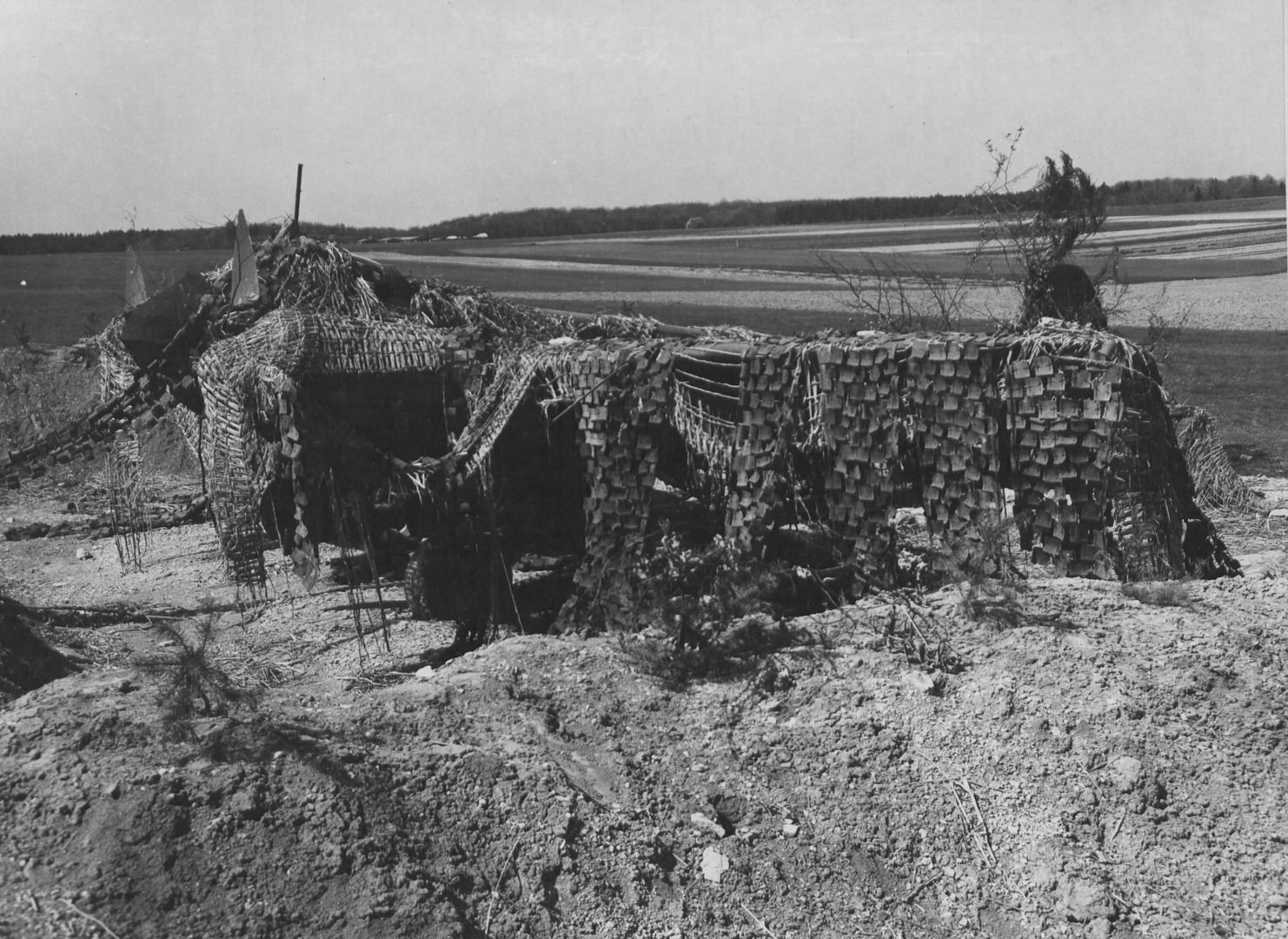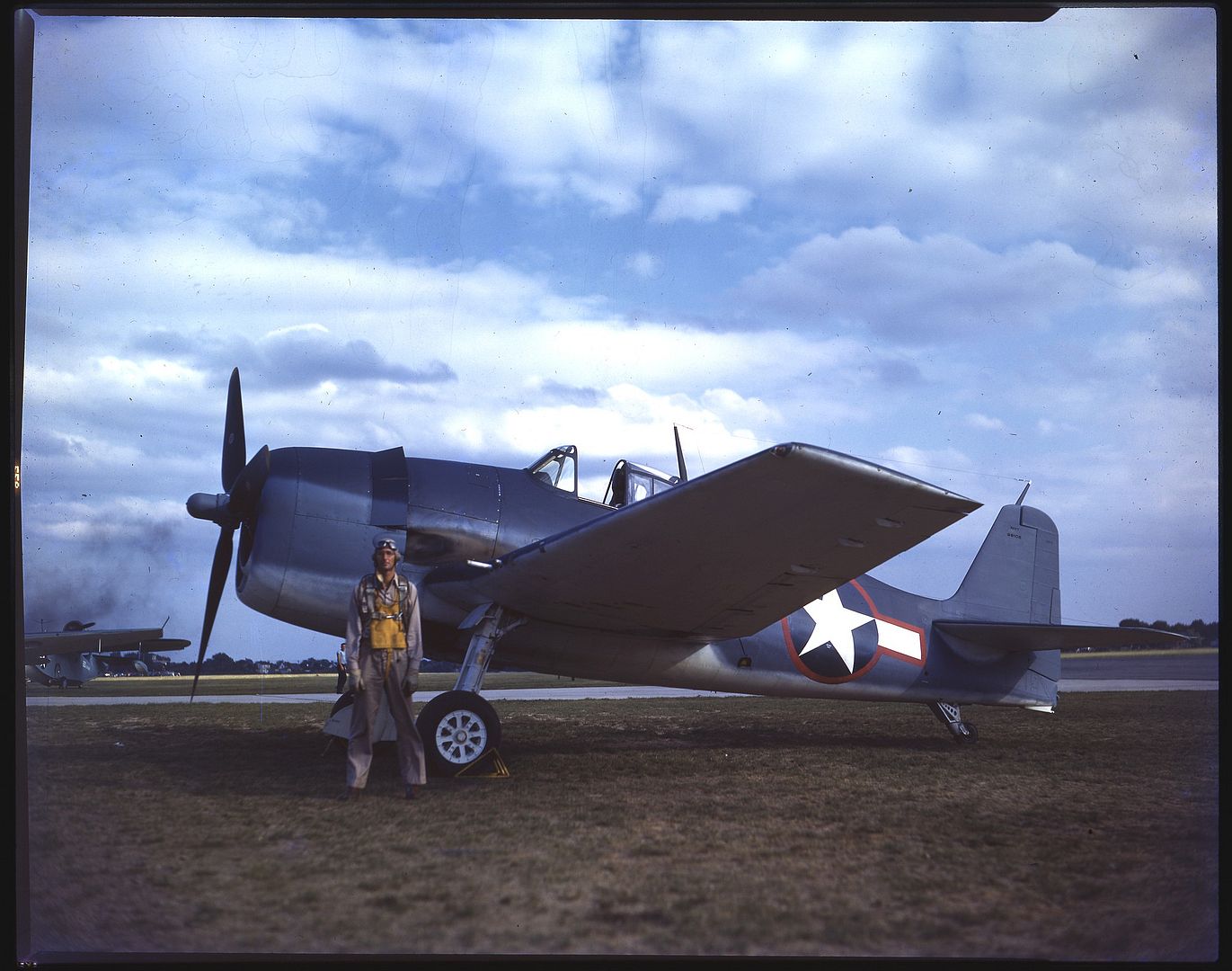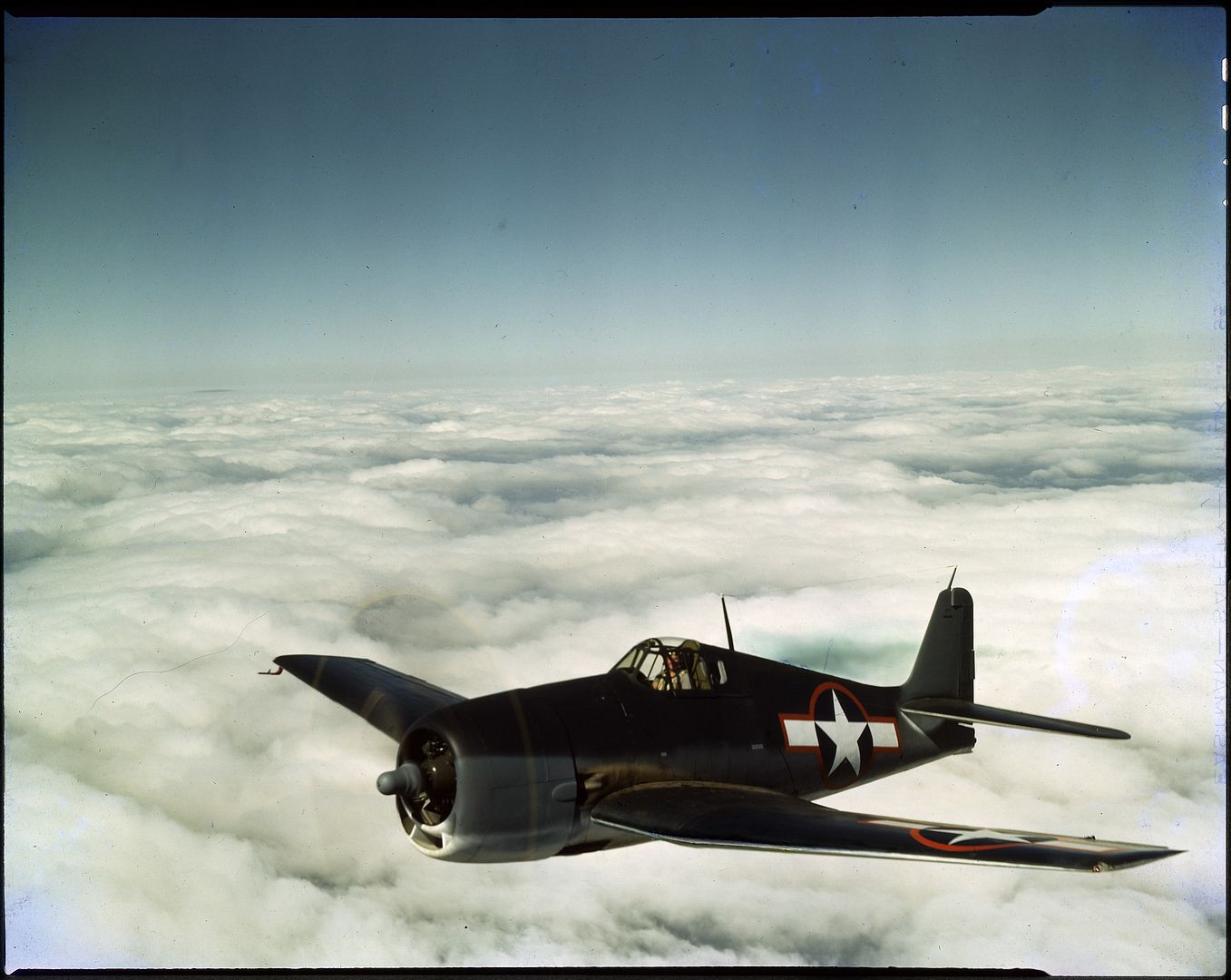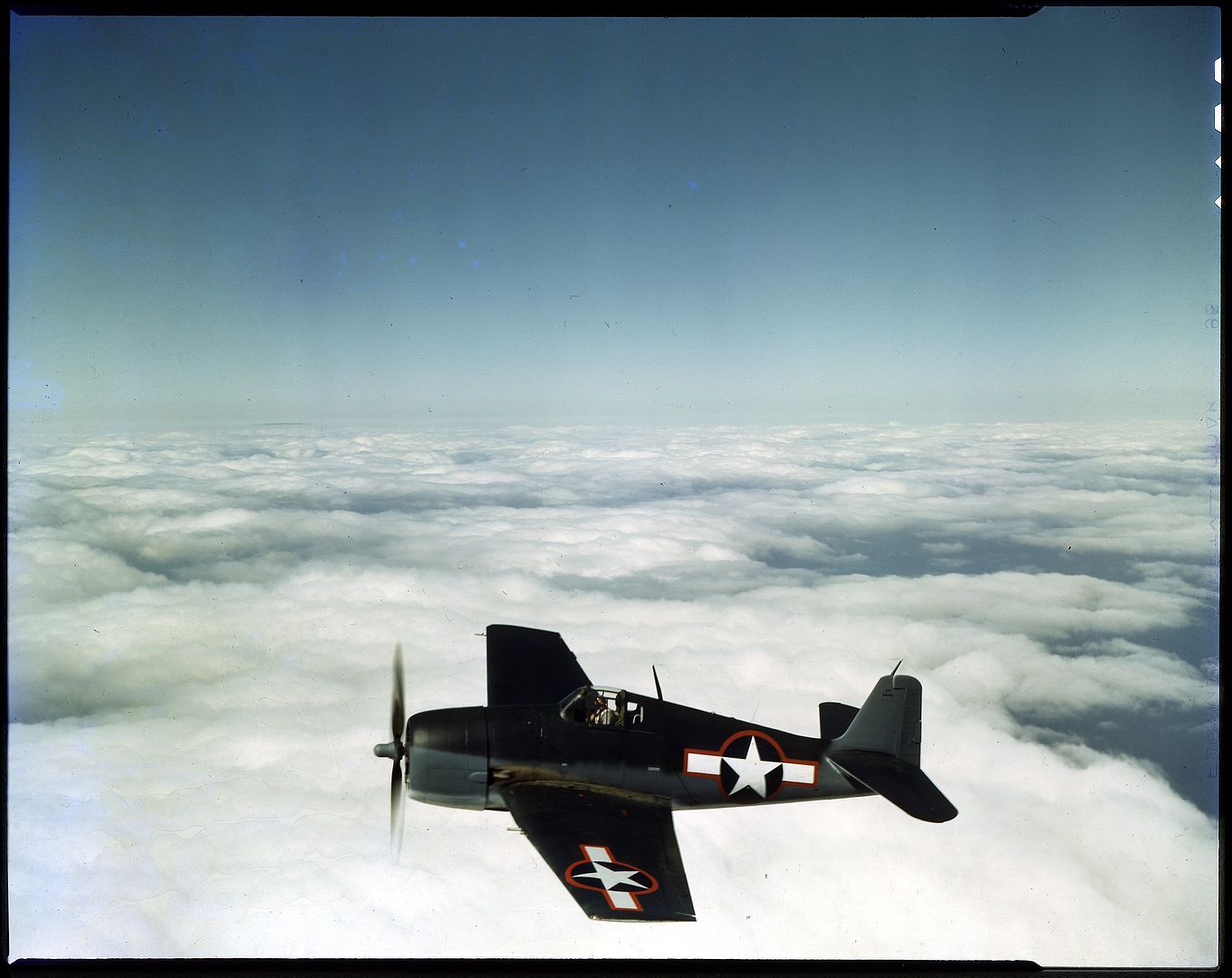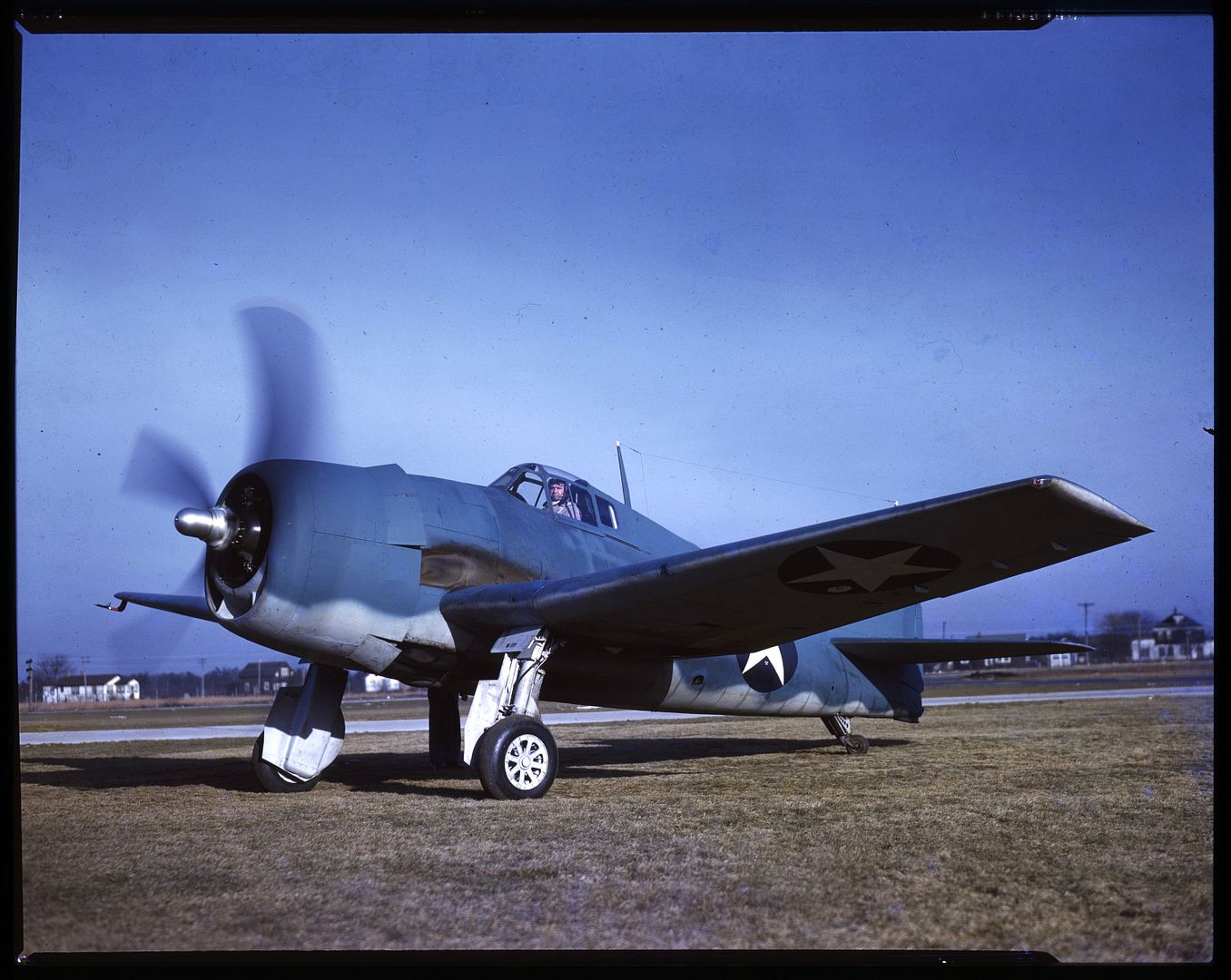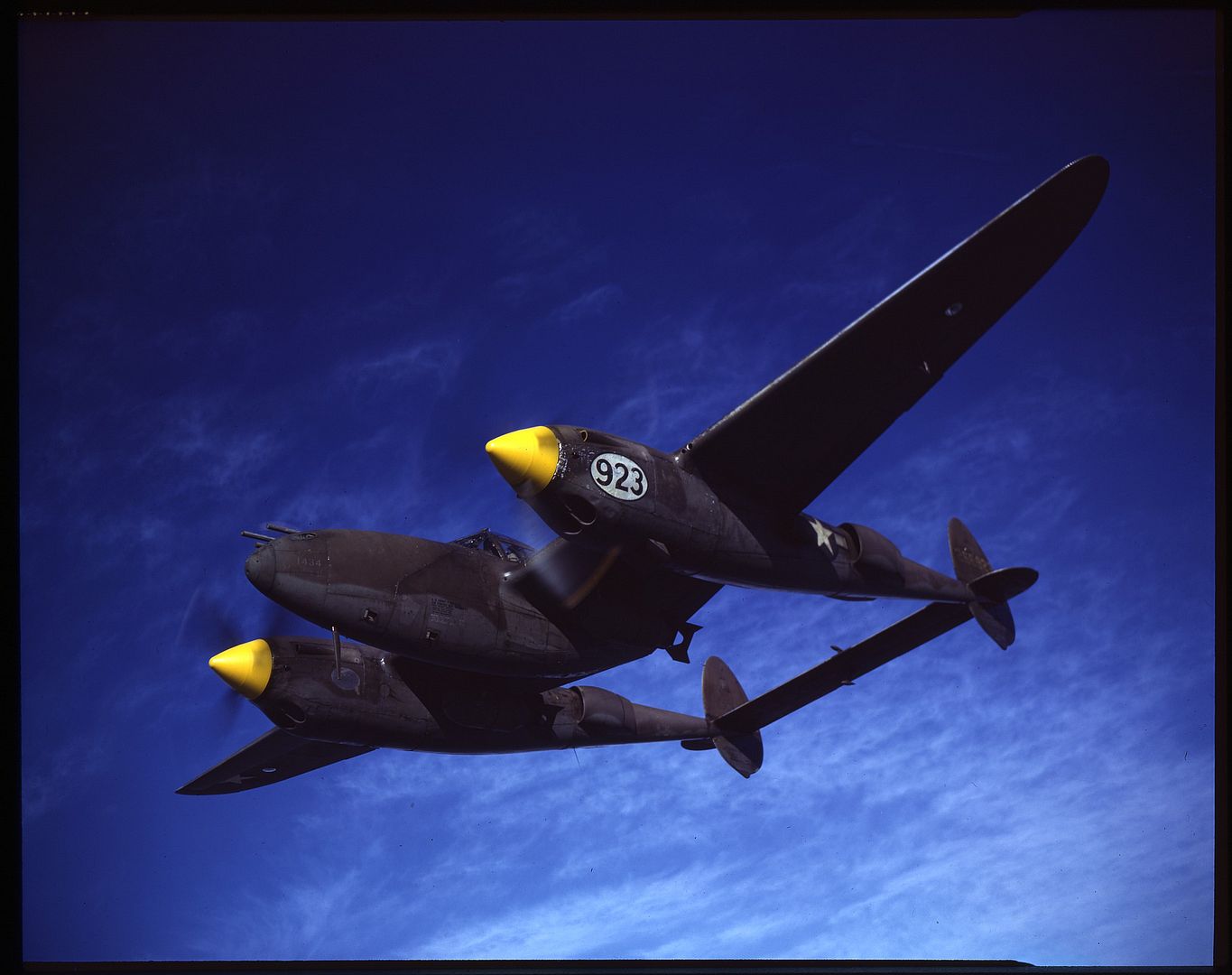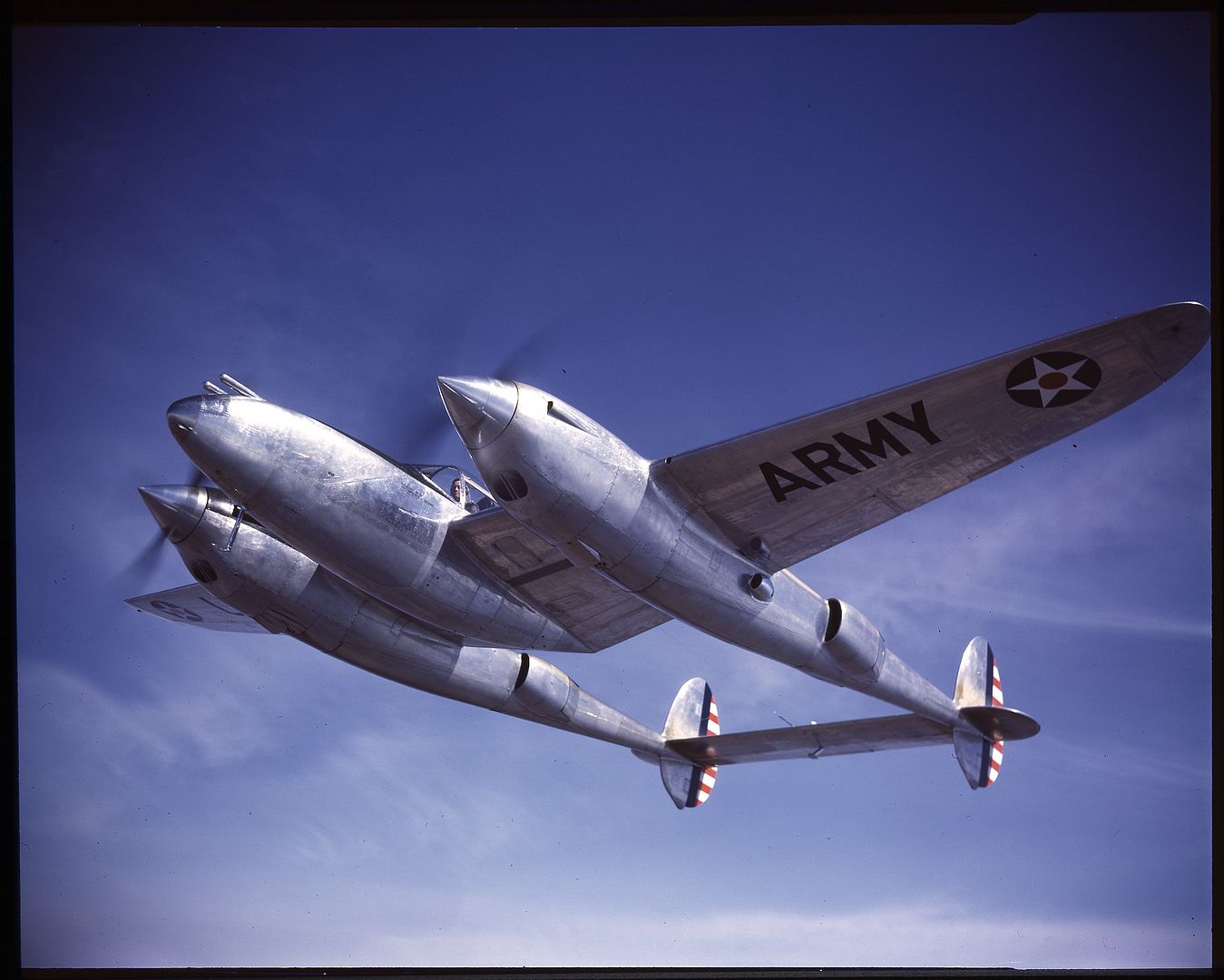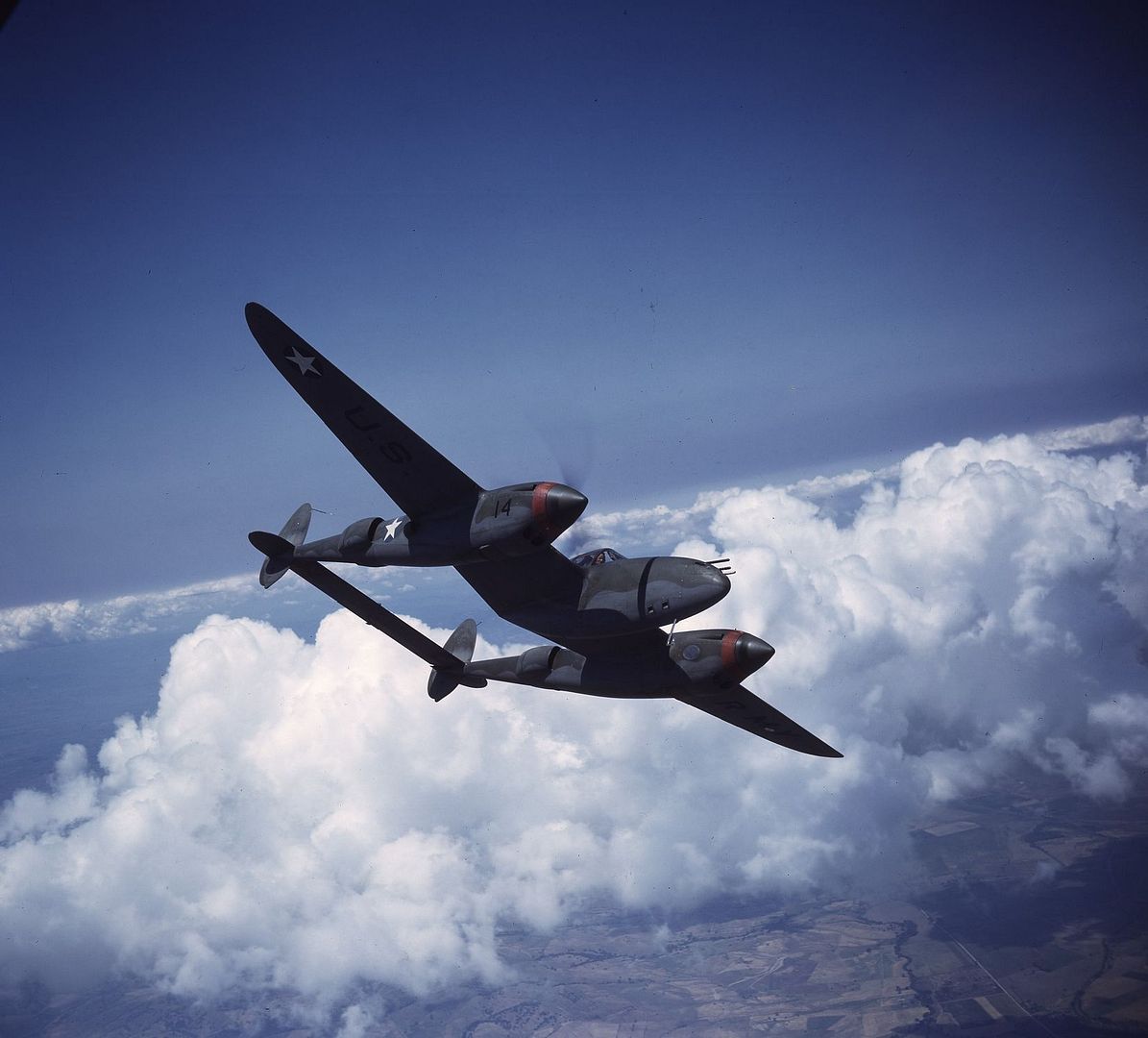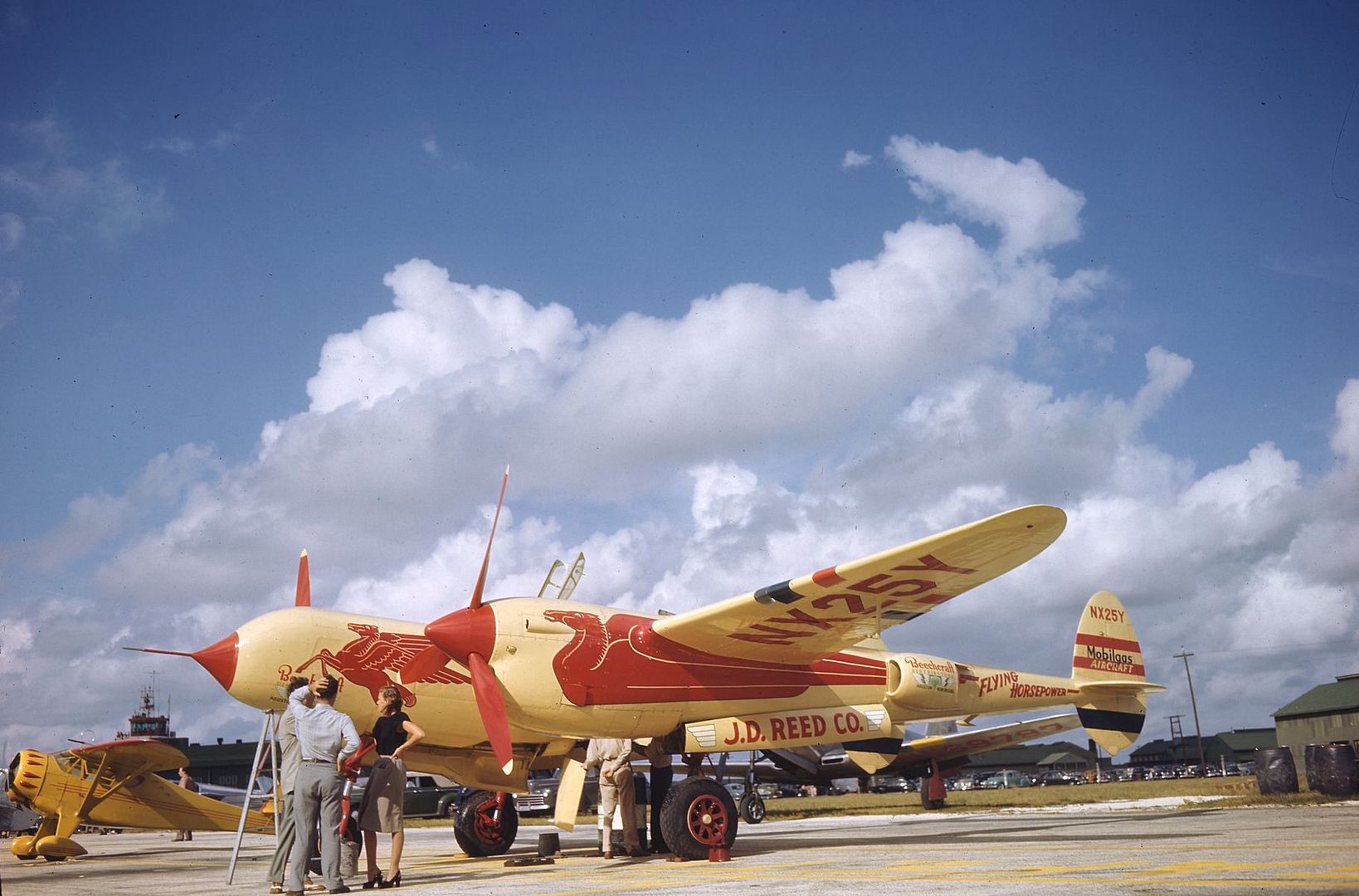Forums
- Forums
- Axis And Allies Forum
- General Discussion
- Photo of the week
Photo of the week
Post a reply
- Go to Next topic
- Go to Welcome
- Go to Introduce Yourself
- Go to General Discussion
- Go to Screenshots, Images and Videos
- Go to Off topic
- Go to Works in Progress
- Go to Skinning Tips / Tutorials
- Go to Skin Requests
- Go to IJAAF Library
- Go to Luftwaffe Library
- Go to RAF Library
- Go to USAAF / USN Library
- Go to Misc Library
- Go to The Ops Room
- Go to Made in Germany
- Go to Campaigns and Missions
- Go to Works in Progress
- Go to Juri's Air-Raid Shelter
- Go to Campaigns and Missions
- Go to Works in Progress
- Go to Skinpacks
- Go to External Projects Discussion
- Go to Books & Resources
-
 Main AdminMid week bonus.
Main AdminMid week bonus.
Six this week of C-54-B-1-DC "The Flying Cross", taken near Near Kunming China. 5 June 1945.
She left the USAF on 24th October 45 & was converted to a DC-4 serial N86588,joining Western Airlines serving till 16th October 46, she then joined United Airlines serving till 13th September 47.
She later joined Aviateca in Guatemala as TG-ARA ,she was finally scrapped in March 77 by Empire Leasing Inc.
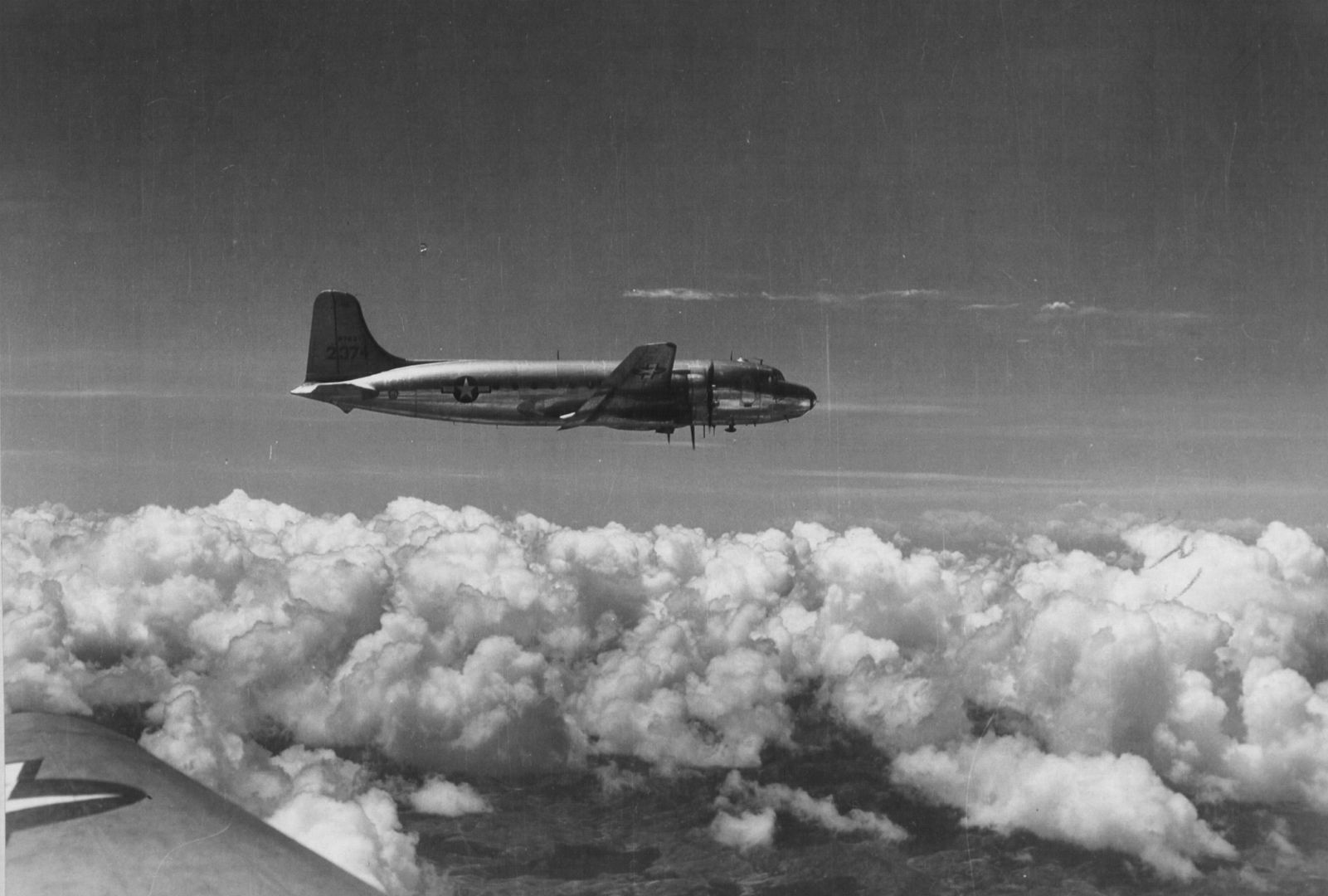
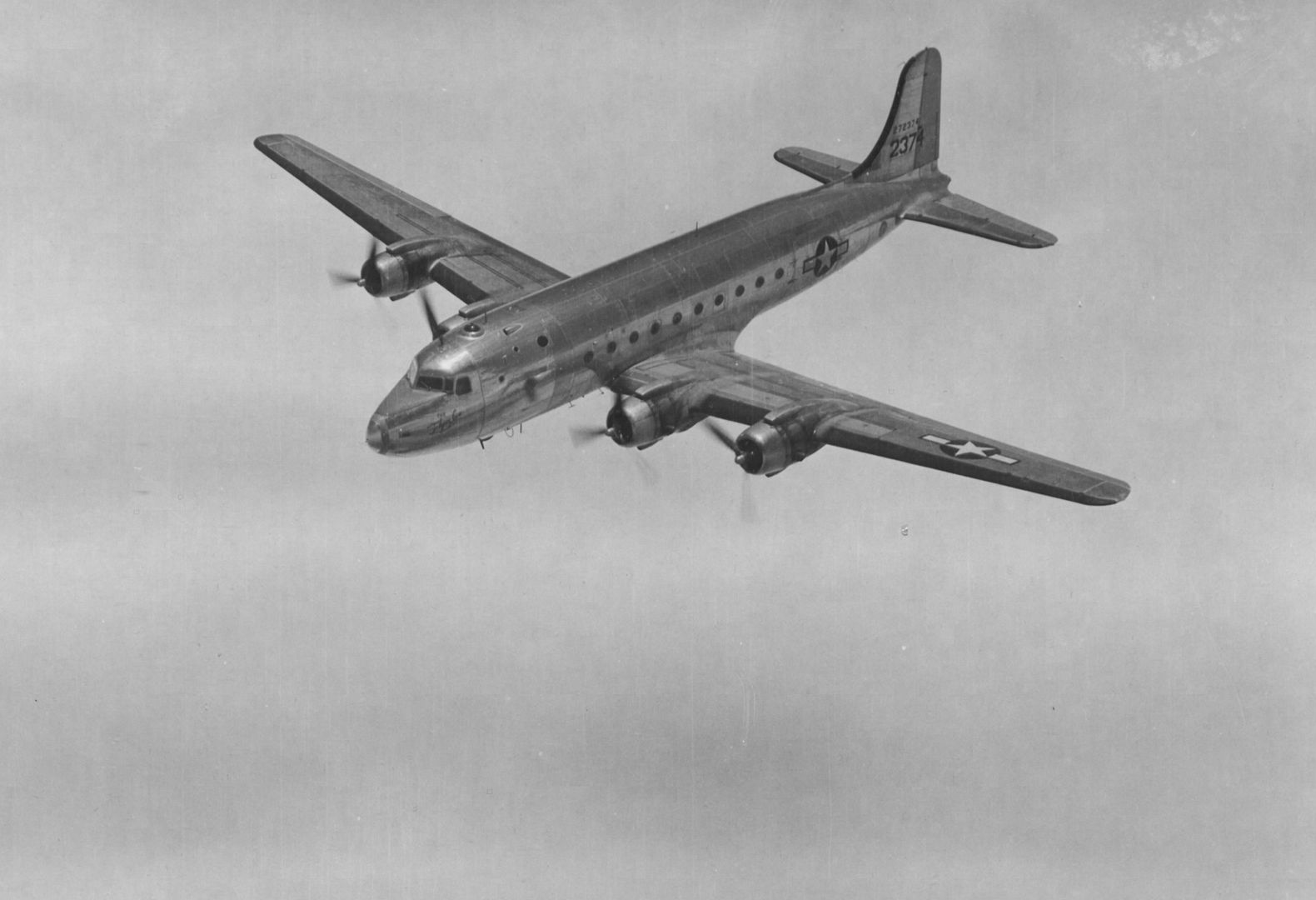
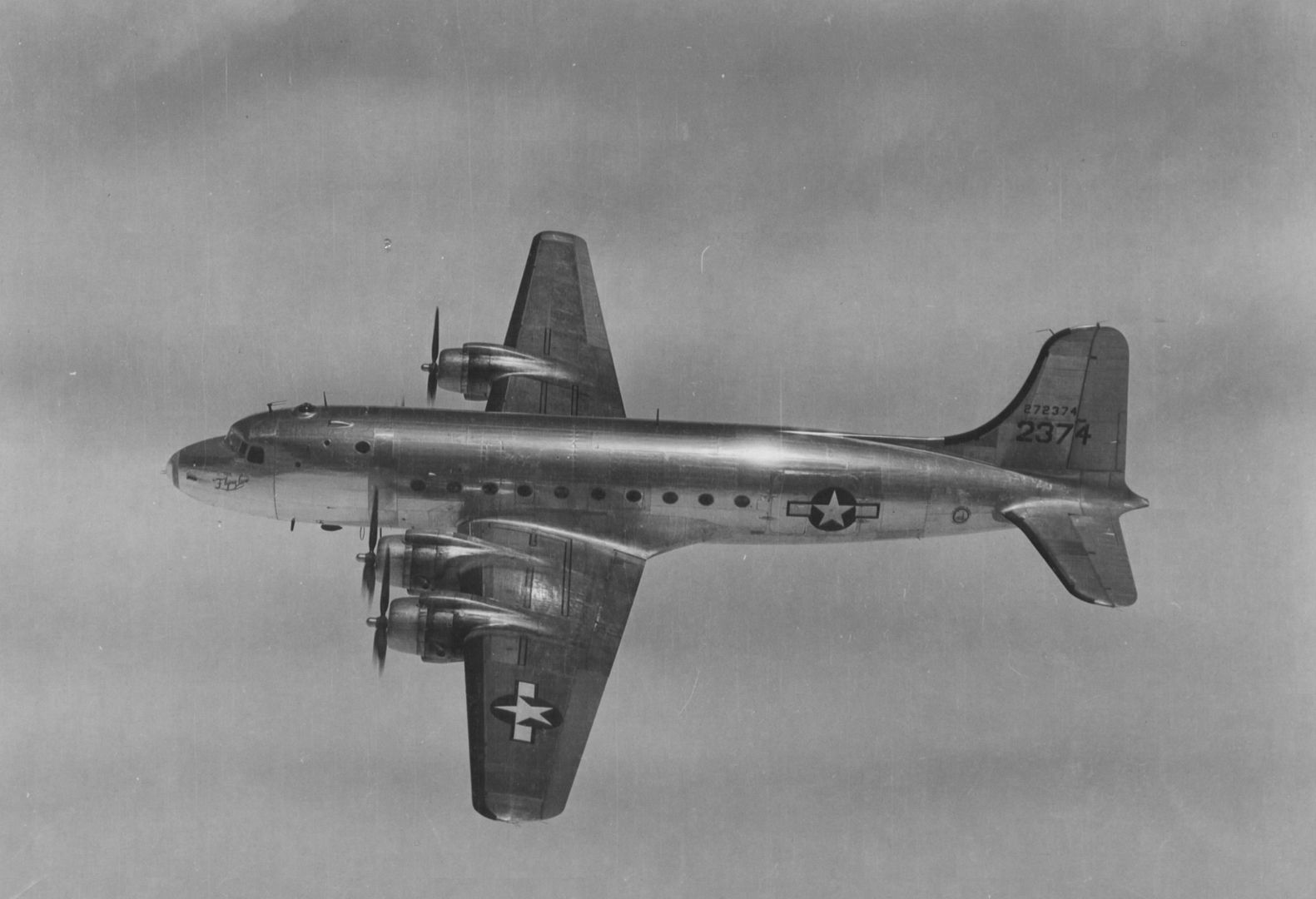
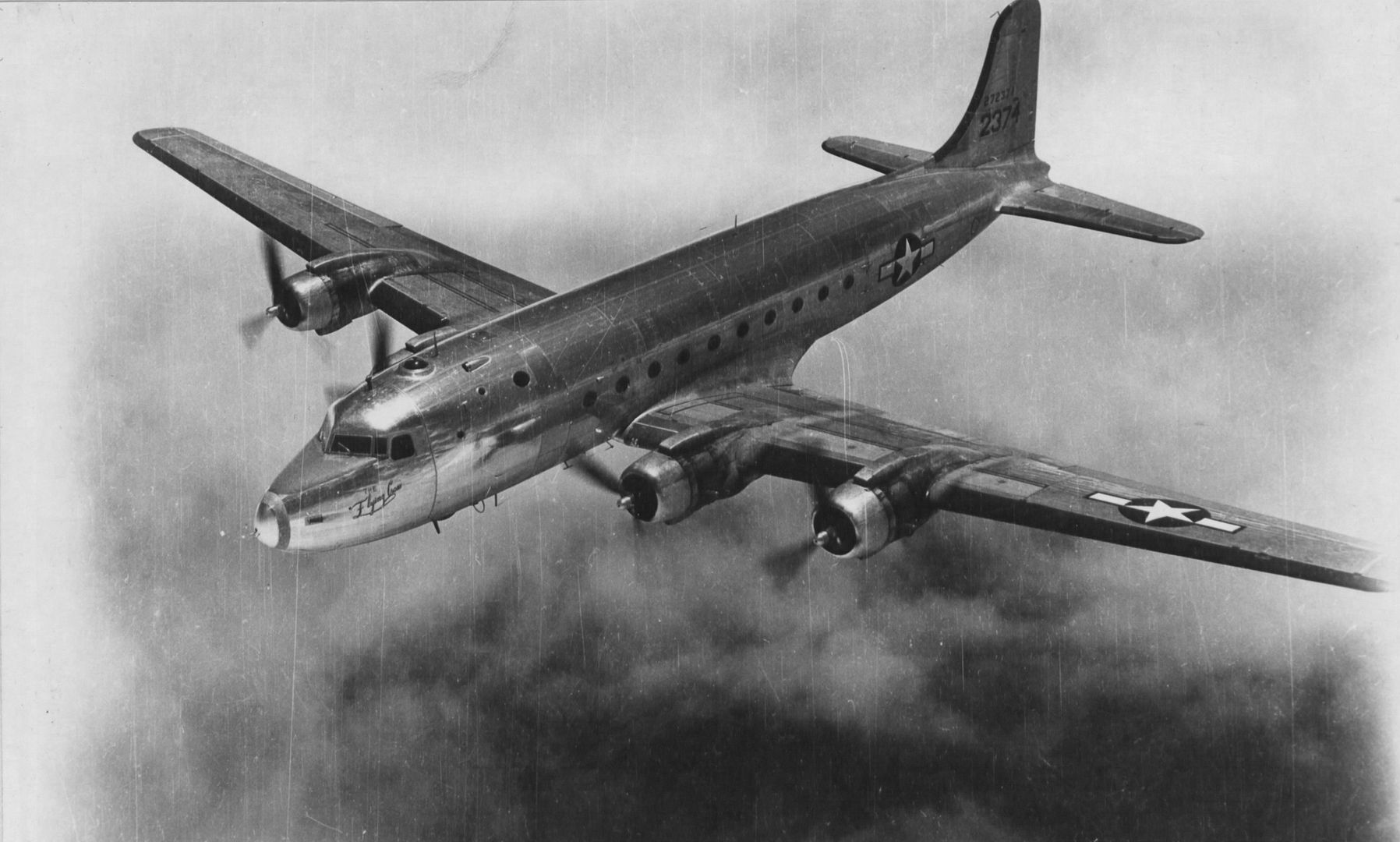
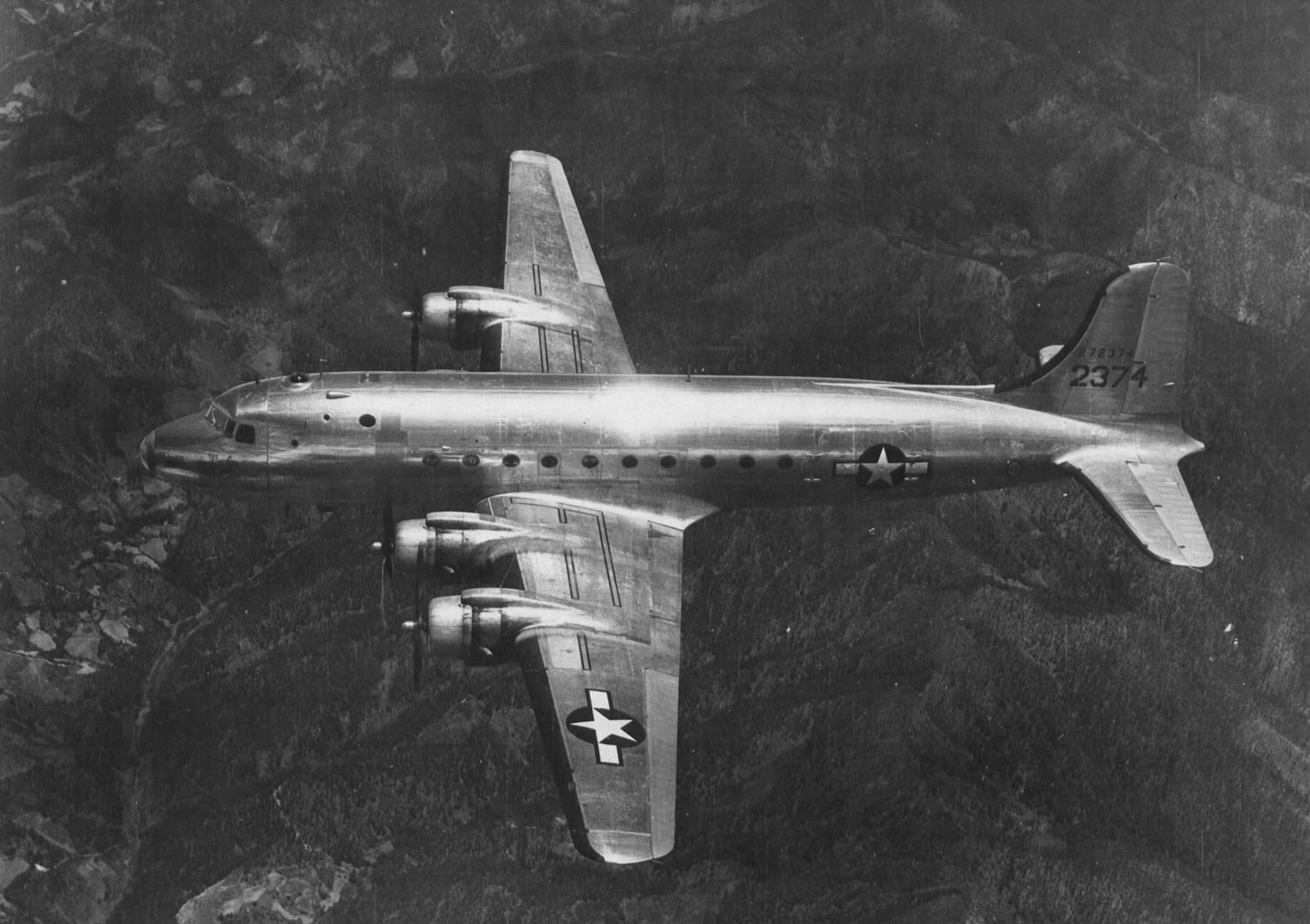
-
 Main AdminOne this week.
Main AdminOne this week.
A very close call for F/Lt Jack Taylor of No 430 (RCAF) Sqn.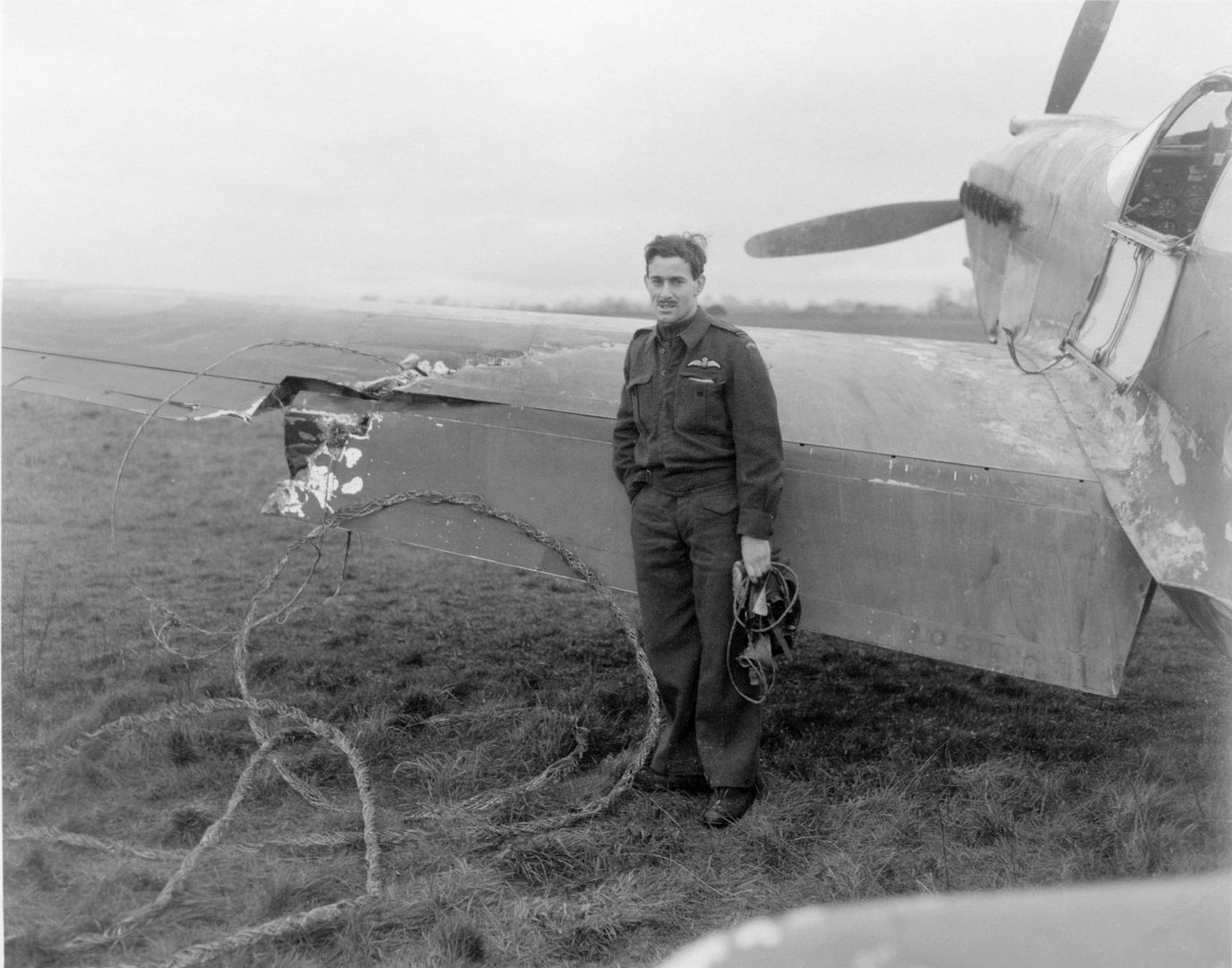
Mustang AG588 at (Haxby and) Clifton airfield.
23rd February 1944 this Mustang was being flown on a photo-recce when it clipped high tension cables near Haxby, York. The collision brought down a pylon which blocked the Scarborough to York railway line in both directions. The aircraft remained in the air and made it back to Clifton where the pilot crash landed the aircraft. Clifton's ORB, for this date, lists a Mustang as force-landing on the airfield at 09.00hrs "trailing 20 yards of HT cable from a wing". The aircraft was damaged in the incident and was originally assessed as sustaining Cat.B/FA but this may have been lowered to Cat.A(c)/FA after further assessment. The 430 Squadron ORB lists the damage and this would suggest more serious damage than Cat.A. A second Mustang may also have been damaged in clipping a tree on this date (flown by F/Lt Robert Frederick Gill RCAF (J/4900)
Mustang AG558 was built by North American at Inglwewood/Dallas to Purchase Contract 15471 and delivered by sea to the UK, arriving in the UK in March 1942. After erection and acceptance at MU it was issued to 239 Squadron at Gatwick in May 1942 when the unit converted from Hurricane MkIIc's to Mustang MkI's. It then moved with the unit to various airfields during 1942 (Detling on 19th May, Gatwick on 31st May, Twinwood Farm on 30th August, Cranfield on 21st October, Odiham on 18th November, Hurn on 6th December). In early 1943 it was transferred to 4 Squadron at Clifton and then shortly afterwards to the newly formed 430 Squadron RCAF at Hartford Bridge where the unit worked up to operational readiness before moving to Gatwick. The unit was rested from Ops. and moved to Clifton on 9th February 1944 where it suffered this Cat.B/FA mishap on 23rd February 1944. It was repaired in works and on completion of repair it was issued to 168 Squadron at Odiham in April 1944 from where it took part in D-Day operations. The unit moved to France in June 1944, firstly to Sommervieu on 29th June, then to St.Horrine on 14th August, then on 1st September 1944 the unit moved to Avrilly and on 20th September to Diest/Schaffen. The aircrafts final base was Eindhoven, where it moved on 2nd October 1944. It was struck off charge on inspection 12th December 1944.
-
 Main AdminWeekend bonus.
Main AdminWeekend bonus.
Mustang Mark I AG365 of the Air Fighting Development Unit on the ground at Duxford Cambridge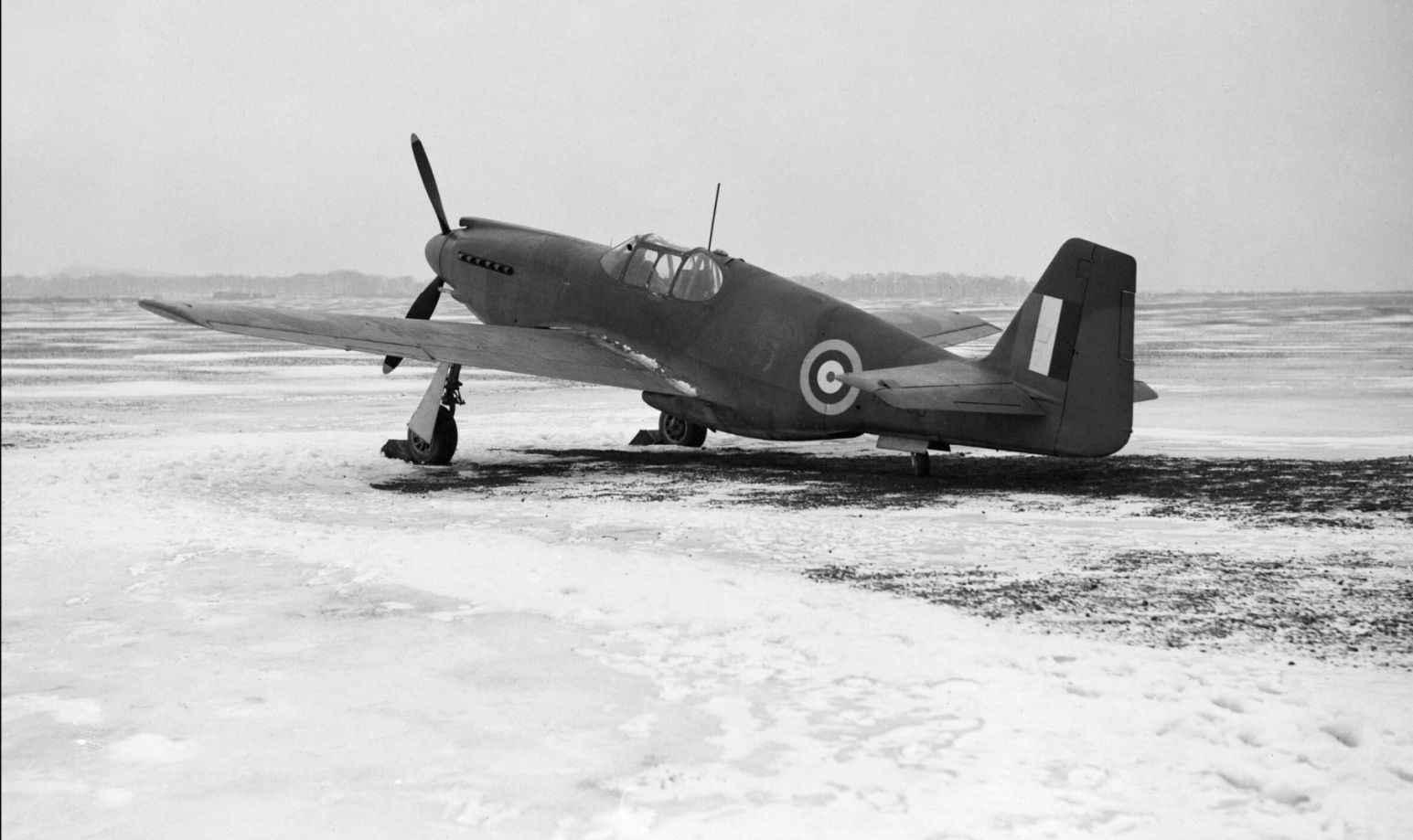
RAF Mustang I AG411 at RAF Station Burtonwood England being used as an instructional air frame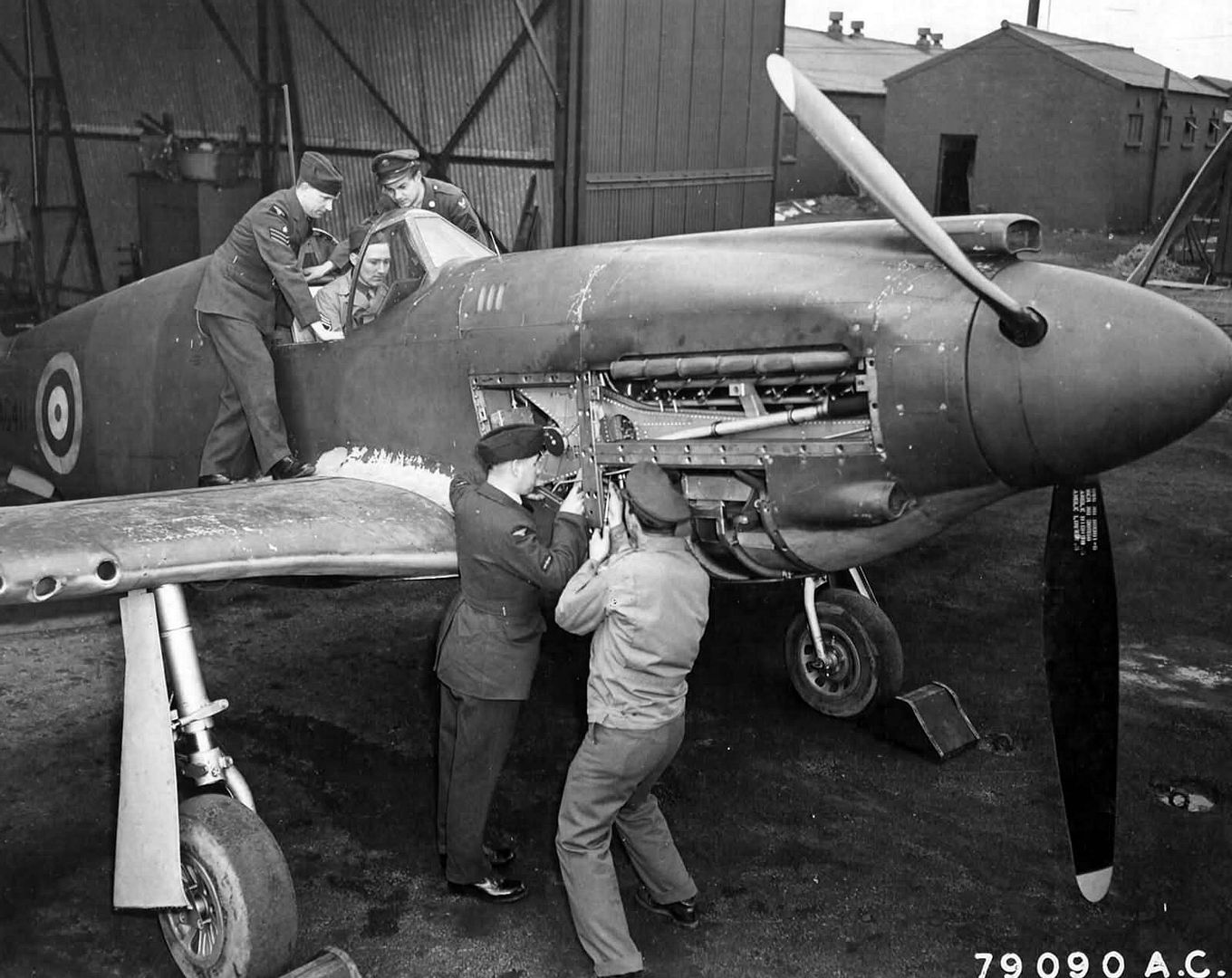
North American Mustang Mark I belonging to the Eastland air force during Exercise SPARTAN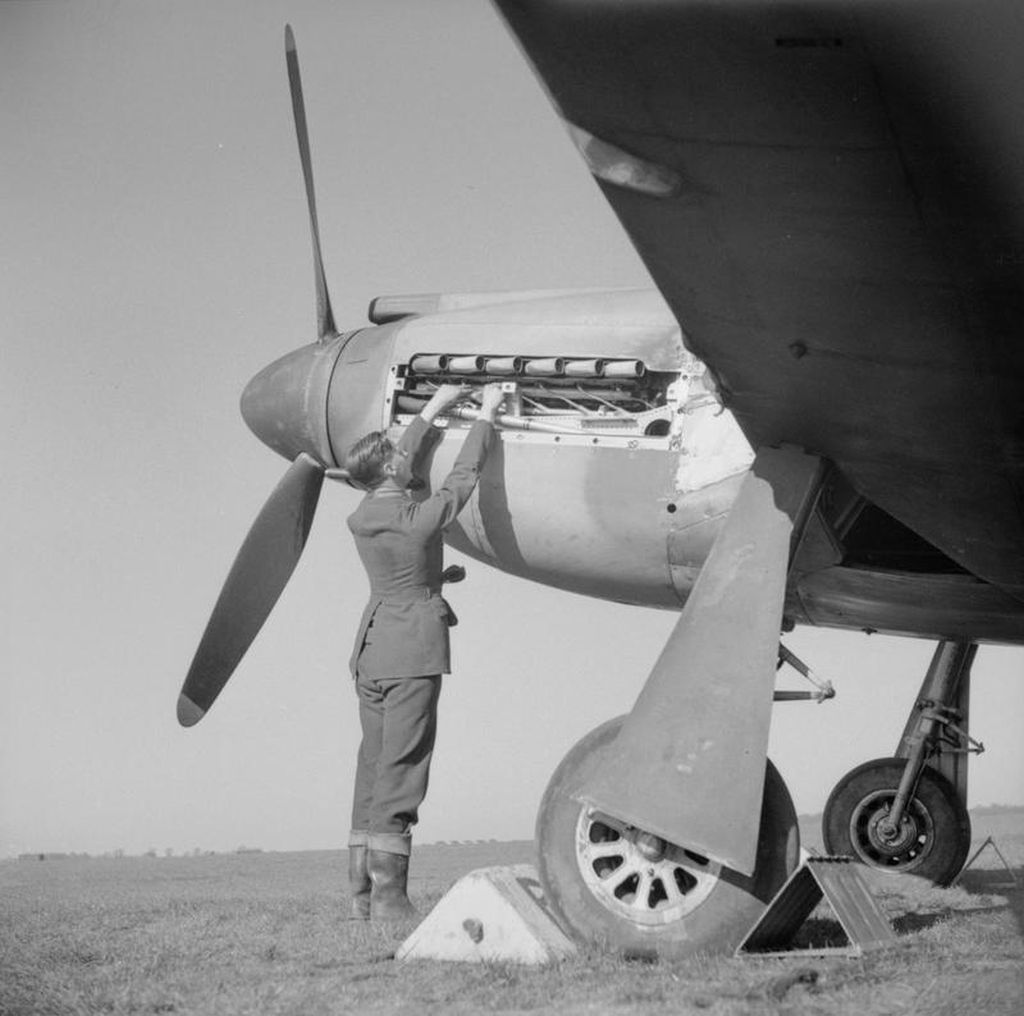
RCAF Mustang Mk I 430 Sq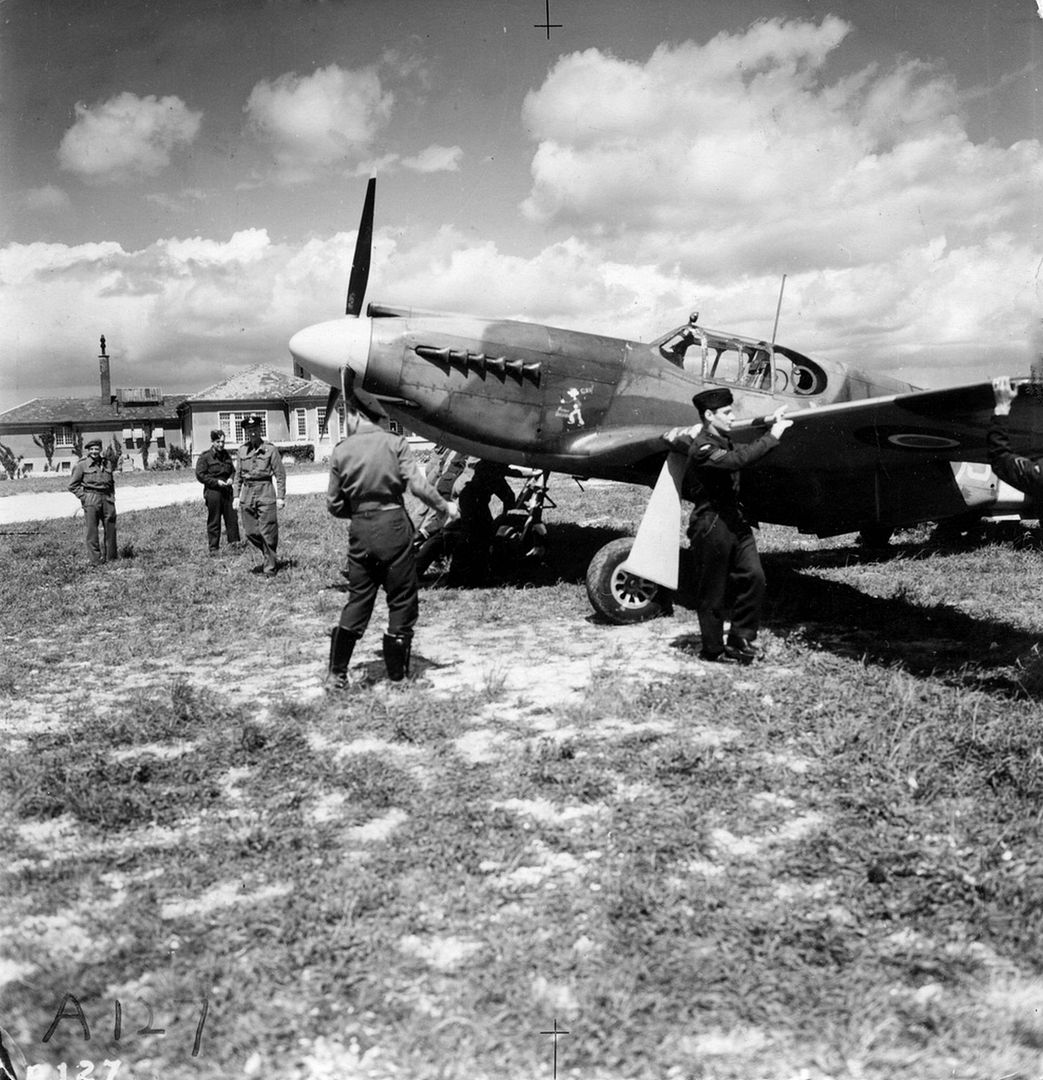
North American Mustang Mk.I AG528 No.400 Sqn RCAF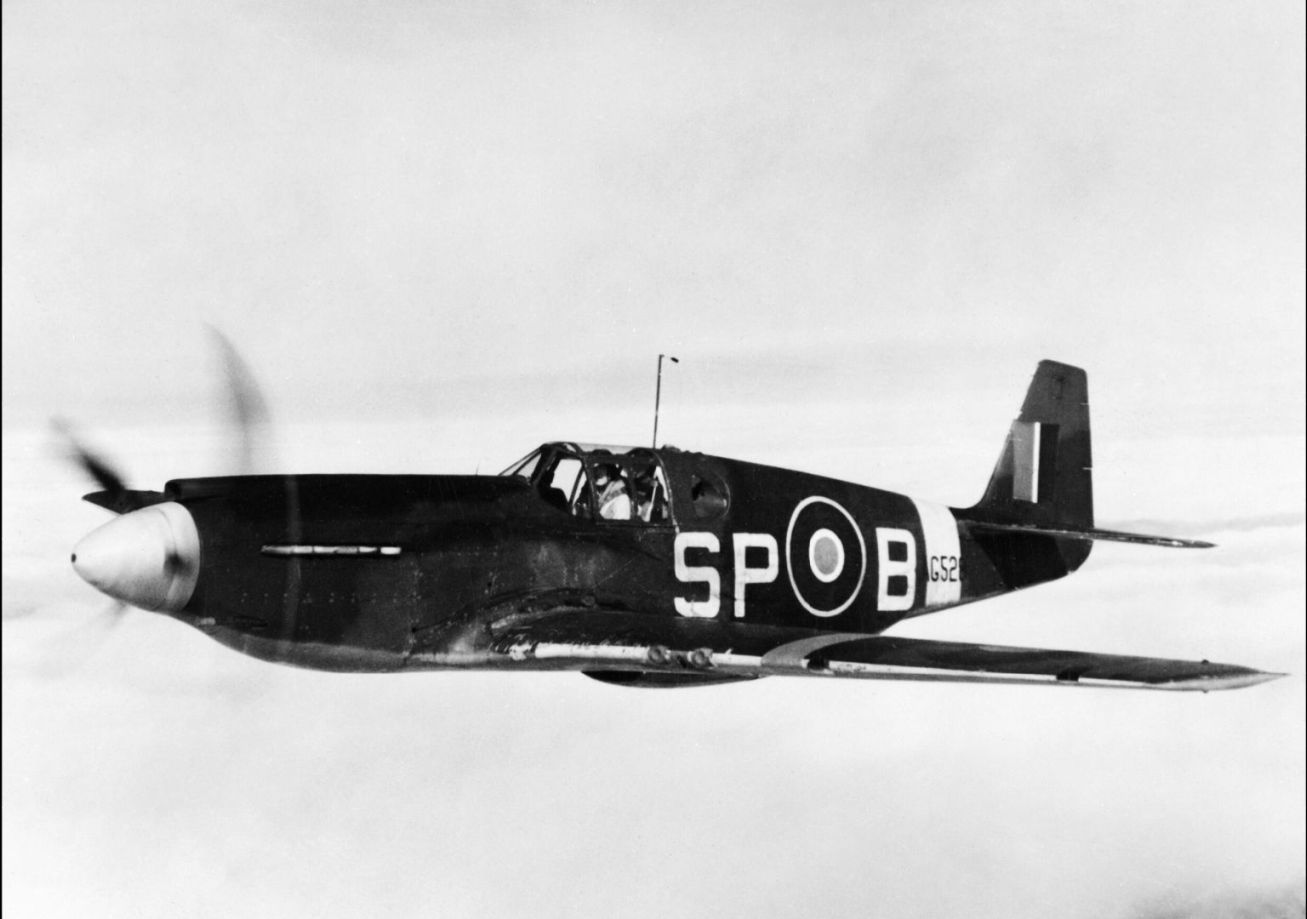
The second Mustang to be built was the first NA-73 production aircraft (AG345) and it did not fly until April 23rd , 1941, six months after NA-73X . It carried no weapons and was kept by NAA for testing, squawk fixing and development.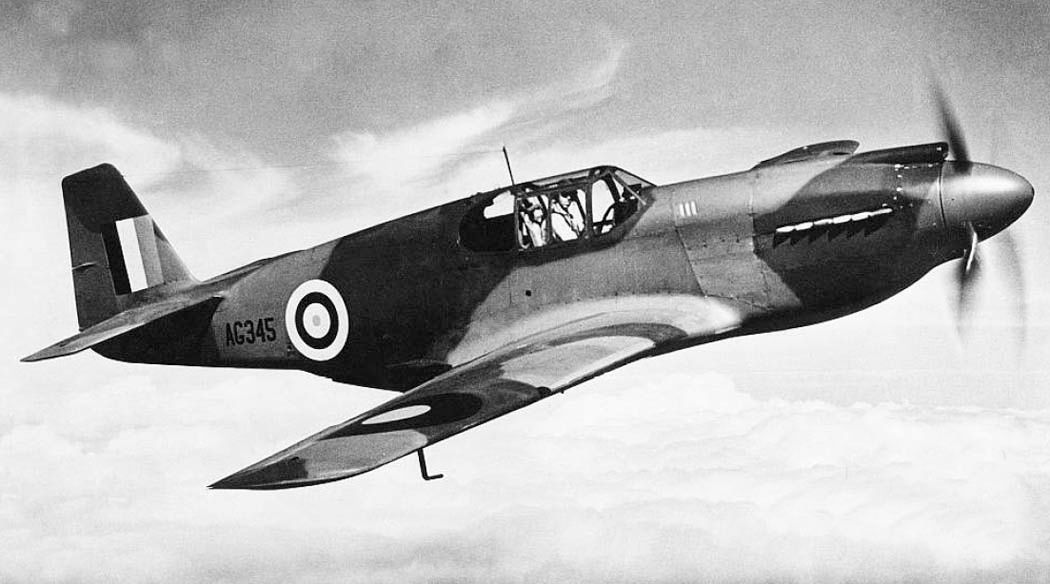
-
 Main Admin
Main Admin -
 Main Admin
Main Admin -
 Main Admin
Main Admin -
 Main Admin
Main Admin -
 Main Admin
Main Admin -
 Main AdminWeekend bonus.
Main AdminWeekend bonus.
Staying with post war air racing.
Cook Cleland was born in Cleveland, Ohio, in 1916, and graduated from the University of Missouri in 1940.
Cleland joined the Navy and became a naval aviator shortly before the attack on Pearl Harbor. He married Ora Lee Cleland during his flight training. After graduation he was assigned to the aircraft carrier USS Wasp flying the Vought SB2U Vindicator and Douglas SBD dive bombers, providing close air support for the initial Guadalcanal landings. Cleland was on the Wasp when she was sunk in September 1942, spending over 4 hours in the water, waiting for rescue.
Cleland was then assigned to the USS Lexington, becoming a plank owner. During his service on board the "Gray Ghost", he became an air ace, shooting down five Japanese aircraft, unusual for a dive bomber pilot. He and his wingman were also credited with severely crippling the Japanese aircraft carrier Juny? during the Battle of the Philippine Sea in June 1943. For his valor in action, he received the Navy Cross and many other commendations. After returning to the United States, he evaluated captured enemy aircraft as a Navy test pilot.
Following World War II, Cleland acquired the Euclid Avenue Airport small airport in suburban Willoughby, Ohio. As a fixed-base operator, he offered flying lessons, banner towing, and air charters.
Cleland bought a surplus Vought FG-1D Corsair, modified it for air racing, named it "Lucky Gallon" and flew it in the 1946 Thompson Trophy Race at an average of 357 miles per hour (575 km/h), finishing sixth.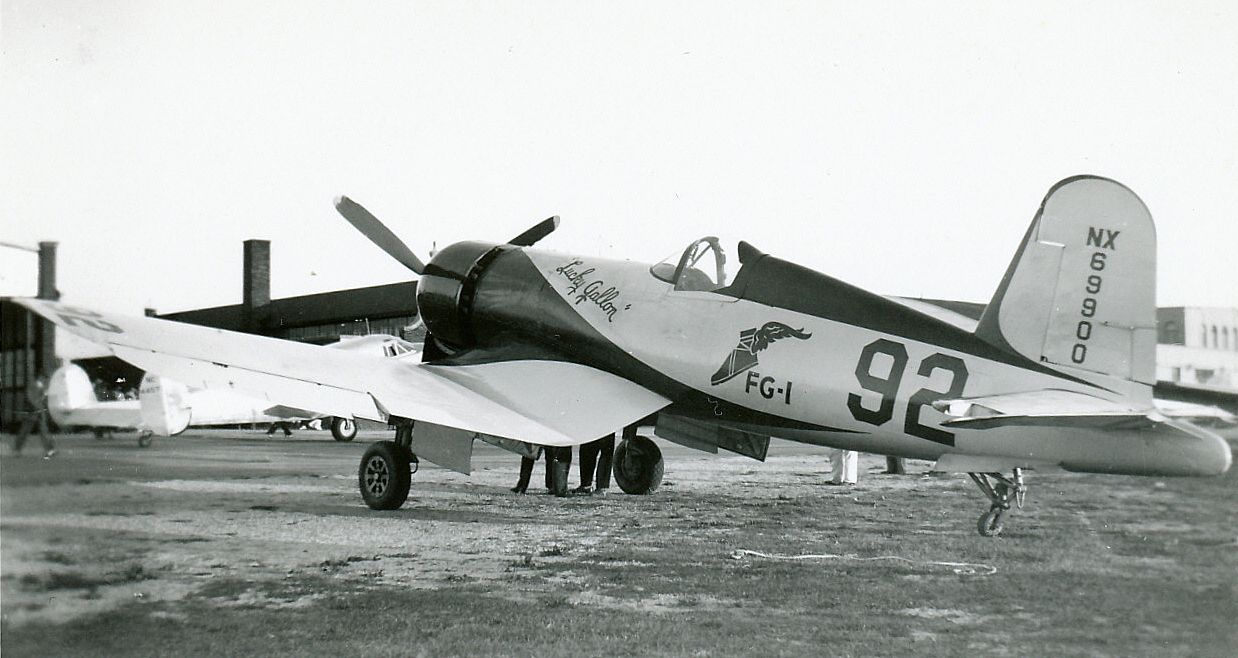

-
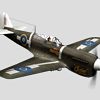 AdminThese are some cracking good colour photos you've been posting recently, thanks Alan
AdminThese are some cracking good colour photos you've been posting recently, thanks Alan
Post a reply
- Go to Next topic
- Go to Welcome
- Go to Introduce Yourself
- Go to General Discussion
- Go to Screenshots, Images and Videos
- Go to Off topic
- Go to Works in Progress
- Go to Skinning Tips / Tutorials
- Go to Skin Requests
- Go to IJAAF Library
- Go to Luftwaffe Library
- Go to RAF Library
- Go to USAAF / USN Library
- Go to Misc Library
- Go to The Ops Room
- Go to Made in Germany
- Go to Campaigns and Missions
- Go to Works in Progress
- Go to Juri's Air-Raid Shelter
- Go to Campaigns and Missions
- Go to Works in Progress
- Go to Skinpacks
- Go to External Projects Discussion
- Go to Books & Resources

